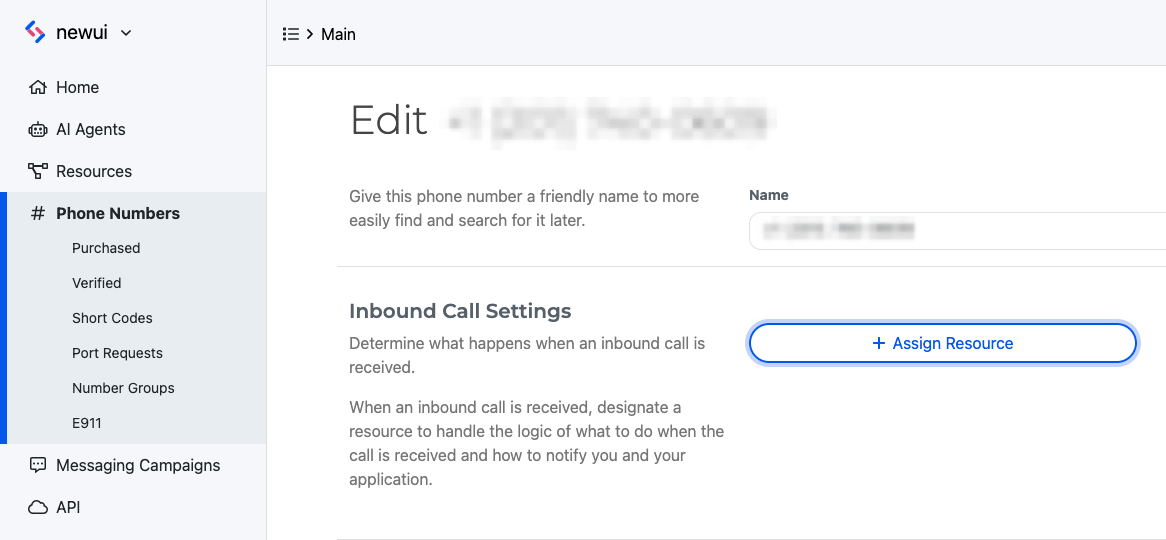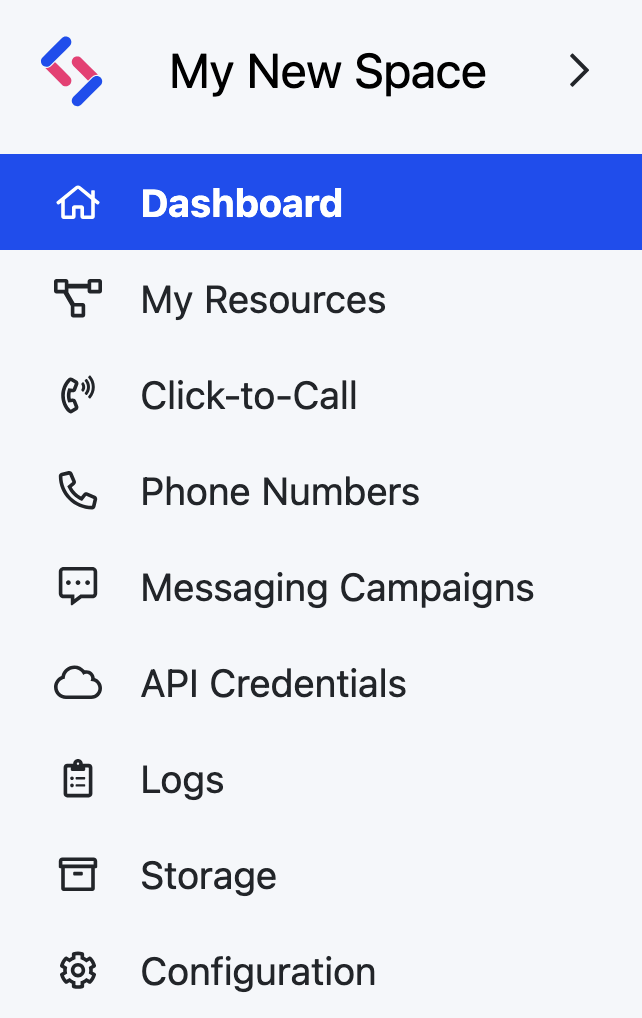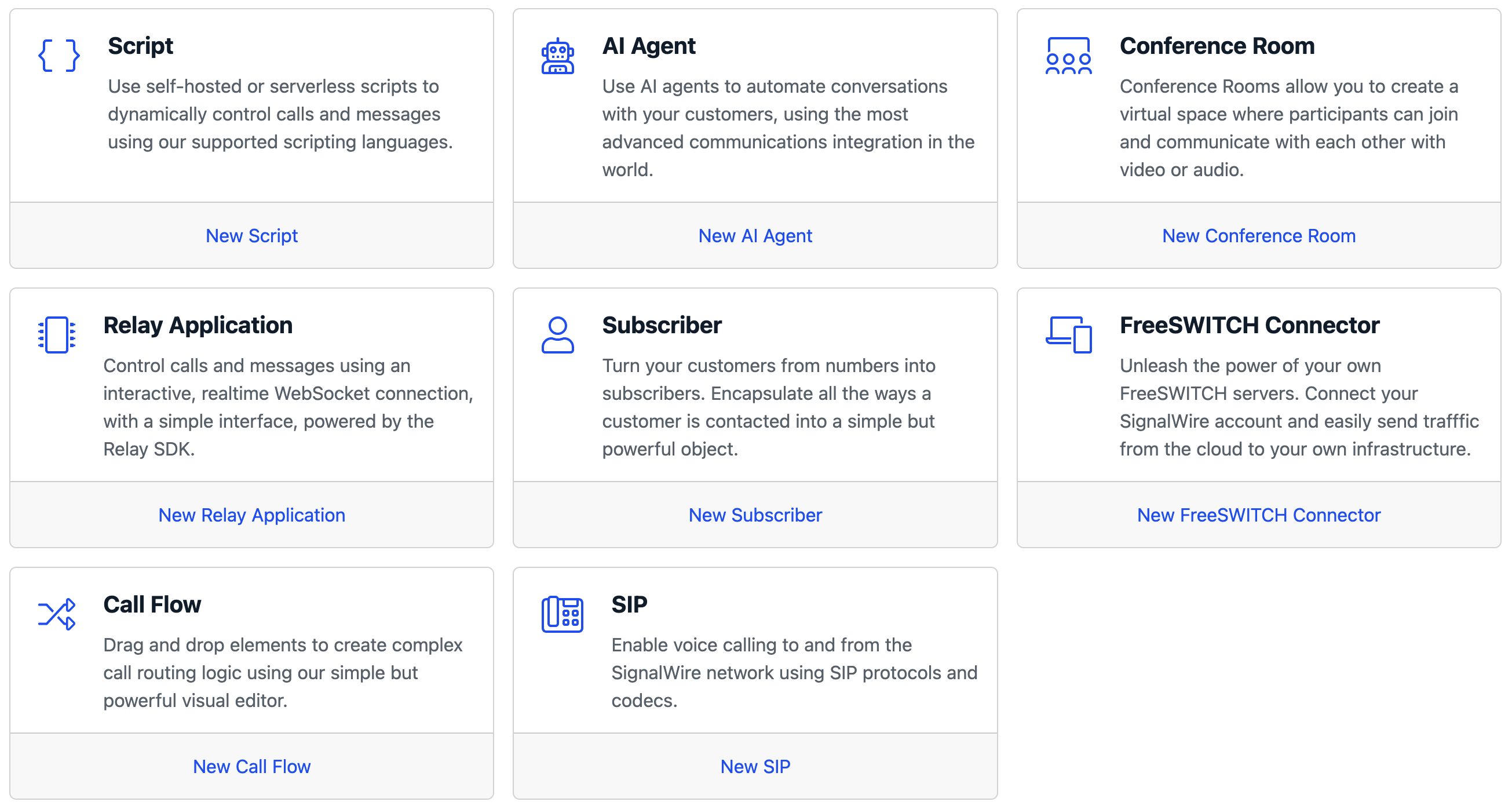Recording Calls
In Making and Receiving Phone Calls we learned how to use cXML bins to define what should happen when a call is received by one of your SignalWire numbers. In that case, we just played some audio. In this article, instead, we will use the same technique to record the audio of the call.
cXML for Call Recording
We are going to define the instructions for recording the call in an cXML bin hosted on SignalWire. To create a new cXML bin, navigate to the "Resources" section from your sidebar. There, create a new script, and select the "cXML" option.
Create a new bin, and paste the following XML in it:
<?xml version="1.0" encoding="UTF-8"?>
<Response>
<Record />
</Response>
We used the <Record> verb to start the recording, which will then be available from your SignalWire Space in the "Storage" section, within "Recordings".
The <Record> verb accepts a large number of optional attributes which can be used to notify the state of a recording to an external URL, to define a set of keys that will stop the recording, to enable voice transcription, and much more. Check out the technical documentation.
If you're still on Legacy UI, refer to Making and Receiving Phone Calls for detailed instructions on creating a cXML Bin in the Legacy UI.
Assigning the Bin to a SignalWire Phone Number
The final step is to configure one of your SignalWire phone numbers to answer calls using the XML bin we just created. You can do that from the "Phone Numbers" section:

Refer to Making and Receiving Phone Calls for more information about this step.
Conclusion
You are now ready to test the call recording bin.
XML bins offer a quick and easy way to get started with common use cases. If you are an advanced developer, or you need more flexibility and real-time control on your calls, you may be interested in our guide about how to make and receive calls in Node.js.


